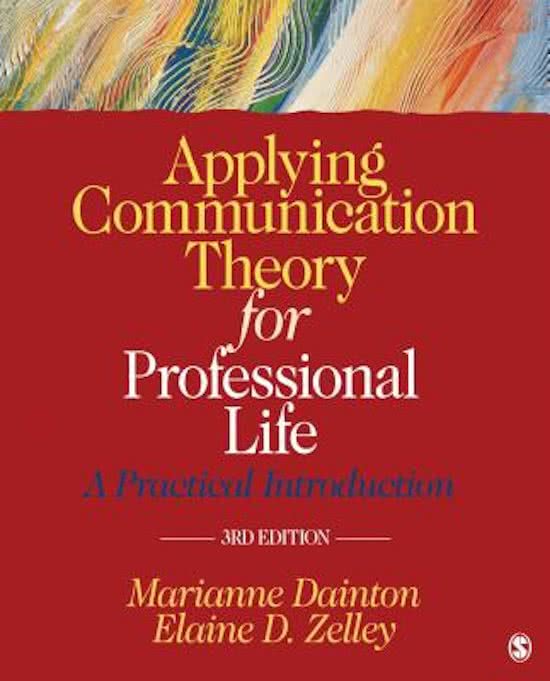Samenvatting
Applying Communication Theory for Professional Life - Summary
- Instelling
- Universiteit Twente (UT)
Summary of the book Applying Communication Theory for Professional Life for the course Communication Science at the University of Twente.
[Meer zien]














